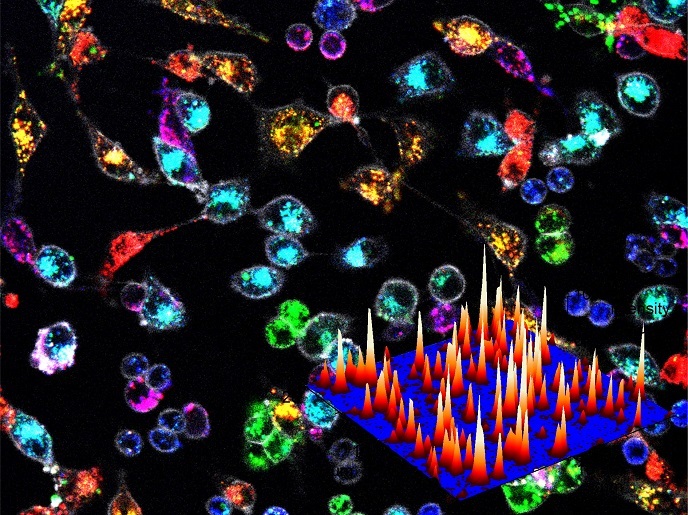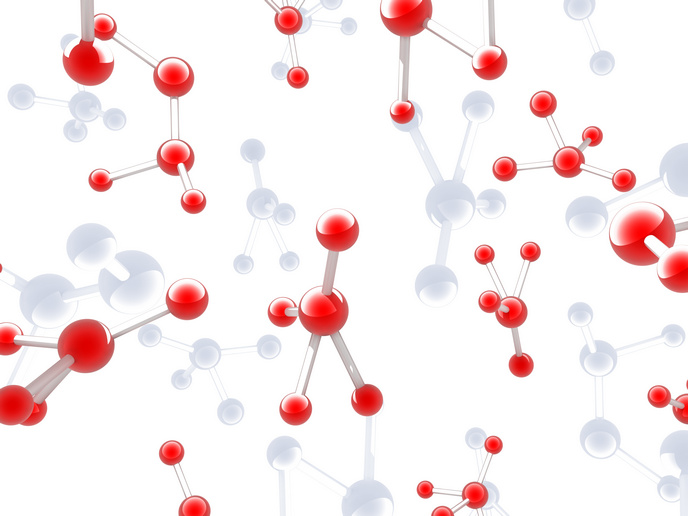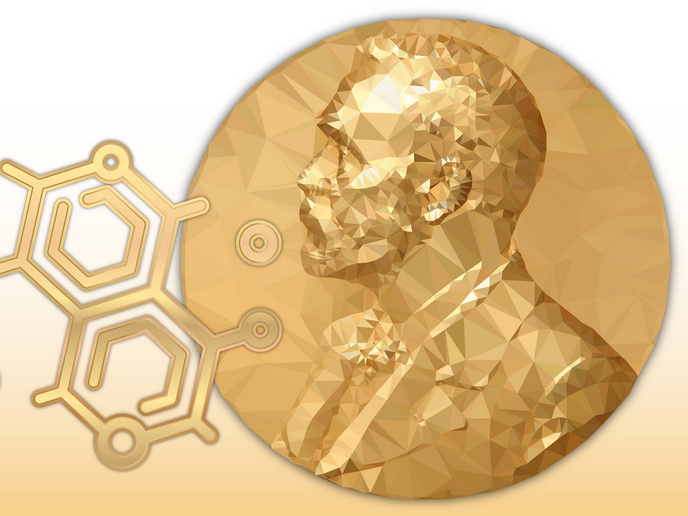Let there be light – and lots of it – for easy biomolecule detection
Enhancing the brightness of highly specific fluorescent probes increases their sensitivity to detect single molecules. This is critical for numerous applications, from medical diagnostics to environmental monitoring. The EU-funded BrightSens project has achieved unprecedented fluorescent probe brightness using tailor-made fluorescent nanoparticles. In principle, this opens the door to highly accurate point-of-care diagnostics using inexpensive off-the-shelf camera systems - perhaps even a smartphone.
(Signal) strength in numbers
With BrightSens, the team, led by principal investigator Andrey Klymchenko, managed to enclose thousands of fluorescent dye molecules in a single nanoparticle acting as a ‘nanoantenna’. They modified the nanoparticle’s surface with nucleic acids (or proteins) to help them recognise biomolecules of interest. These were linked to special molecular ‘switches’ (energy acceptors) on the nanoparticle surface that switch ‘on’ the light emission of 100-1 000 encapsulated dyes in response to a single biomolecule recognition event. Klymchenko, who received a grant from the European Research Council (ERC) for this project, explains: “the unique feature of our nanoparticles is that their thousands of encapsulated dyes are able to communicate with just one energy acceptor molecule. The dyes behave like an orchestra - the ‘conductor’ (the energy acceptor) simultaneously controls them all. As a result, the signal of a single acceptor is amplified about 1 000-fold.” This amplification enabled the first detection of single fluorescent molecules at excitation conditions equivalent to ambient sunlight. Based on this, the team developed the prototype of a nanoprobe for amplified DNA detection and reached detection sensitivity down to single DNA/RNA molecules. The team has filed two patents for these findings, among five in total for outcomes of the BrightSens project to date. A key enabler of the pioneering light emission amplification was the use of innovative ionic ‘spacers’ that prevent the flat dye molecules in the nanoparticles from stacking like pancakes and creating non-fluorescent aggregates. A special polymer design enabled the reduction of nanoparticle size from 40 nm to 9 nm, facilitating free diffusion within the cell. “These nanoparticles are among the brightest nano-objects reported to date, around 100-fold brighter than quantum dots, the tiny semiconductors which have been the gold standard of bright nanoparticles for many years,” says Klymchenko. The approach was extended to other dyes, providing nanoparticles of different colours. Klymchenko says: “Mixing nanoparticles of three colours as in a colour printer allowed us to ‘barcode’ live cells in up to 13 colours and then track them for more than 2 weeks.” These bar-coding nanoparticles have already been commercialised by the French biotech company Lymphobank.
Towards point-of-care medical diagnostics with a smartphone
The pioneering BrightSens technology opens the door to the detection of target biomolecules with very simple devices. The team is investigating licensing their patents to several biotechnology companies as well as creating a start-up to commercialise the developed nanoprobes. Klymchenko summarises: “In contrast to existing protocols, our technology will enable rapid, simple and inexpensive diagnostics. Moreover, the probes will accelerate cellular research on cancer and other diseases involving detection and imaging of mRNA and microRNA.”
Keywords
BrightSens, nanoparticle, fluorescent, molecule, diagnostics, detection, dye, probe, emission, ambient sunlight, amplification, encapsulated dye, fluorescent probe, point-of-care, nanoantenna, biomolecule, polymer







